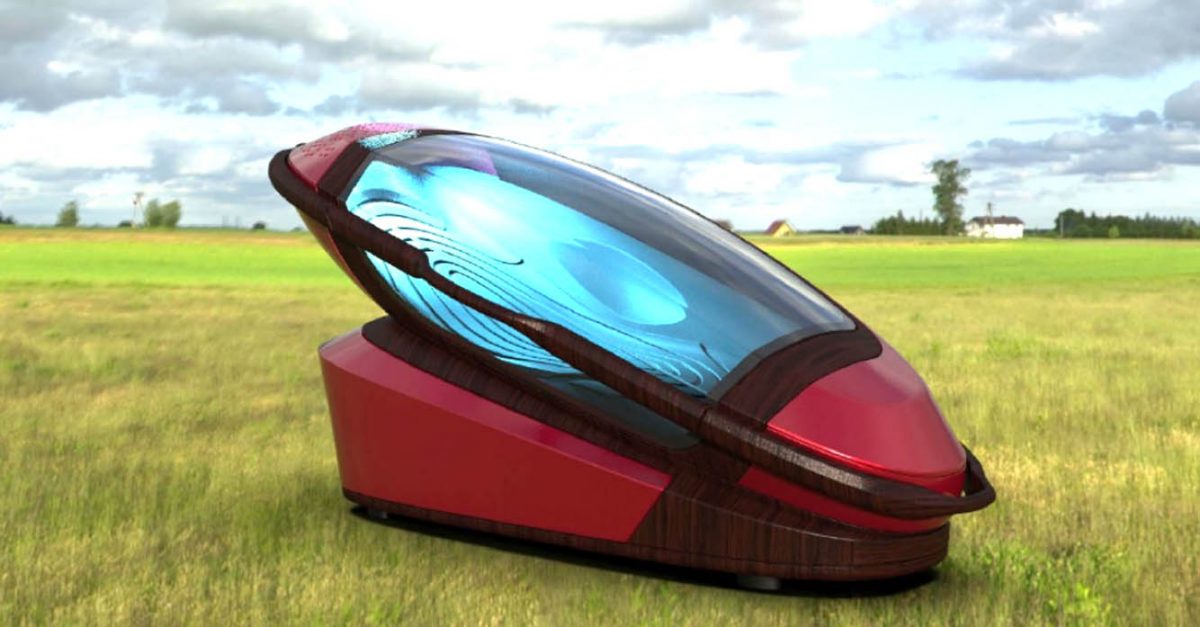Suicide machine that could be controlled by the blink of an eye sparks euthanasia debate
Dr Philip Nitschke - dubbed Dr Death - tells The Independent his device is not intended to glamourise the idea of a person taking their own life
Your support helps us to tell the story
From reproductive rights to climate change to Big Tech, The Independent is on the ground when the story is developing. Whether it's investigating the financials of Elon Musk's pro-Trump PAC or producing our latest documentary, 'The A Word', which shines a light on the American women fighting for reproductive rights, we know how important it is to parse out the facts from the messaging.
At such a critical moment in US history, we need reporters on the ground. Your donation allows us to keep sending journalists to speak to both sides of the story.
The Independent is trusted by Americans across the entire political spectrum. And unlike many other quality news outlets, we choose not to lock Americans out of our reporting and analysis with paywalls. We believe quality journalism should be available to everyone, paid for by those who can afford it.
Your support makes all the difference.Opponents of euthanasia have expressed concern at the creation of a “suicide machine”, which has been developed by Dr Philip Nitschke.
The well-known advocate of individuals’ right to die has regularly caused controversy by assisting what he calls “rational suicides”.
Having developed machines in the past that could be used by individuals to inject themselves with lethal doses of barbiturates, Dr Nitschke says he is now close to finalising a new device which uses nitrogen gas to cause death.
He says the idea for the invention was sparked by conversations in 2012 over the case of British man Tony Nicklinson, who suffered from locked-in syndrome – the result of a severe stroke in 2005 that had left him unable to speak or move.
Mr Nicklinson fought a long, and ultimately unsuccessful, court battle in a bid to allow his doctors legally to assist his suicide. In search of assisted suicide options, his lawyer reached out to Dr Nitschke, who began to consider how it would be possible for an individual whose movements were limited to blinking might be able to trigger death without the need for help by others.
The resulting device is intended to offer people the option of peacefully ending their life without assistance, in a way that is, according to Dr Nitschke, effective and dignified.
“Death shouldn’t be something you do hidden away in a back room somewhere,” Dr Nitschke told The Independent.

The machine works by filling a capsule with nitrogen, which induces hypoxic death to the occupant. While Dr Nitschke argues that death comes without discomfort, he accept that there is still opposition to his methods, in part for historical reasons.
“Gas may never be an acceptable method for assisted suicide in Europe due to the negative connotations of the Holocaust,” said Dr Nitschke, who serves as the director of Exit International – the non-profit organisation developing the machine. “Some have even said that it’s just a glorified gas chamber.”
Once the hypoxiation process is complete, the biodegradable capsule can then be detached from the machine’s base in order to serve as the deceased person’s coffin.
The futuristic design of the Sarco – short for sarcophagus – has raised concerns that it is glamourising suicide.
A virtual reality experience of the Sarco was on display on 14 April in Westerkerk church in Amsterdam for the city’s annual Funeral Expo, which prompted worries among the church’s board about how the machine would be received.
"We will not and cannot support any suggestion of using such equipment," Jeroen Kramer,
President of the Westerkerk church board, told The Independent."Westerkerk will never support people by offering equipment as promoted by Dr Nitschke and we seriously wonder whether this contributes to a thorough and careful discussion around this issue."
Dr Nitschke said members of the board also thought the technology and futuristic design would attract a younger audience, even though that is not the aim of the design. Despite these reservations, the VR display proved popular with attendees at the funeral fair.
“Virtual reality offers a way for people to experience their own virtual death,” Dr Nitschke said. “People seemed to be really interested in this.”
Current assisted suicide methods tend to involve pushing a switch or pressing a plunger, but such activity is impossible for many of those seeking assisted suicide due to physical incapacity.
Mr Nicklinson’s condition meant his only way of communicating was through blinking and eye movements. Email correspondence from his lawyer to Dr Nitschke, seen by The Independent, sought to see if a machine could be triggered by blinking commands.
“While he may have needed some help to get into the machine, the actual action that initiated the flow of gas could be controlled by Tony,” Dr Nitschke said.
Denied by UK law the right to end his life through assisted suicide, Mr Nicklinson died just a week after the legal process came to an conclusion, after refusing food and fluids.
The first fully-functional Sarco device is set to be built later this year in the Netherlands, before being shipped to Switzerland where assisted suicide is legal. Dr Nitschke plans to develop a 3D-printable version of the machine.
Beyond the terminally ill who are seeking options for a dignified way to end their life, the Sarco is also intended to open up the conversation about death and euthanasia without the underlying connotations of fear and shock.

Join our commenting forum
Join thought-provoking conversations, follow other Independent readers and see their replies
Comments